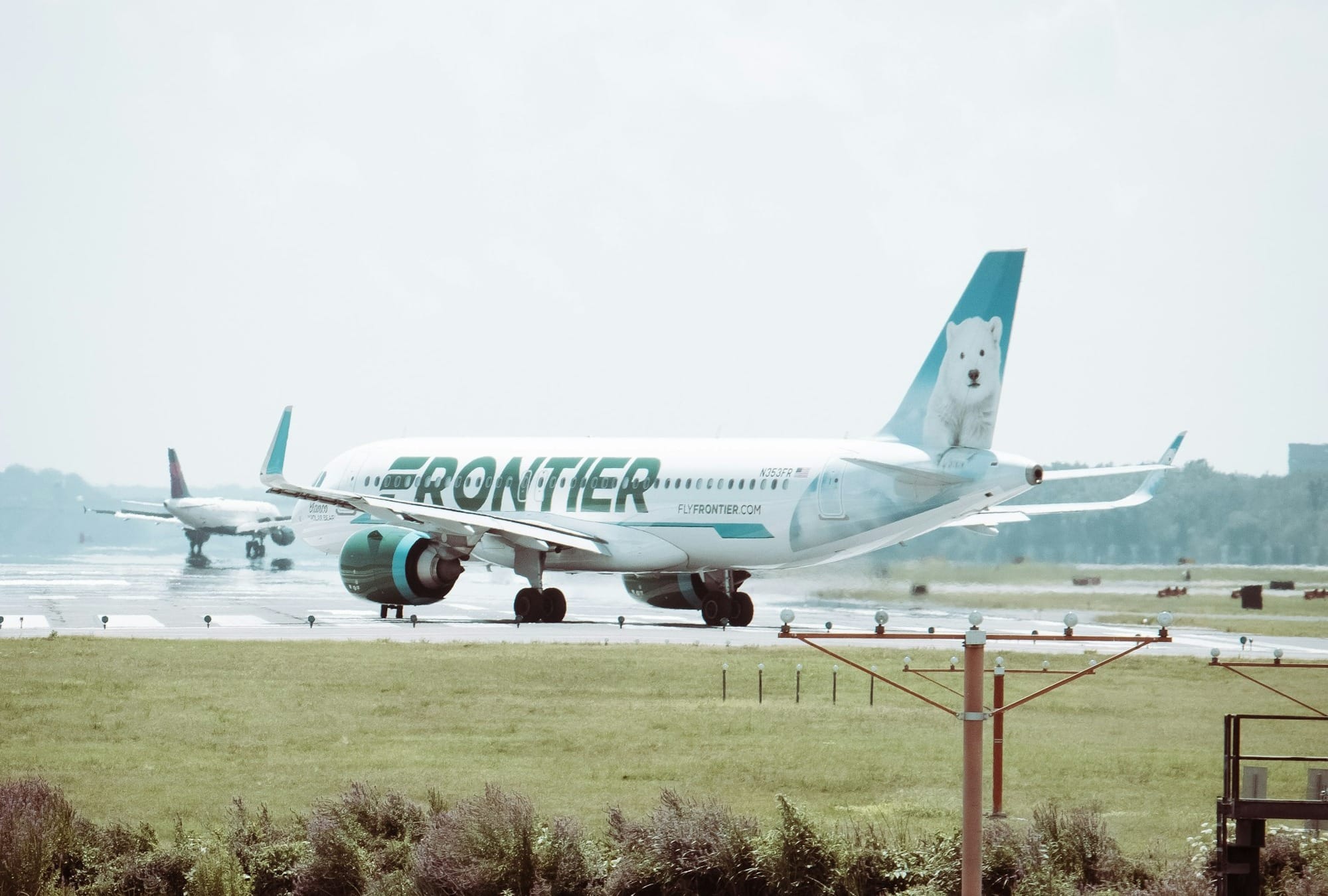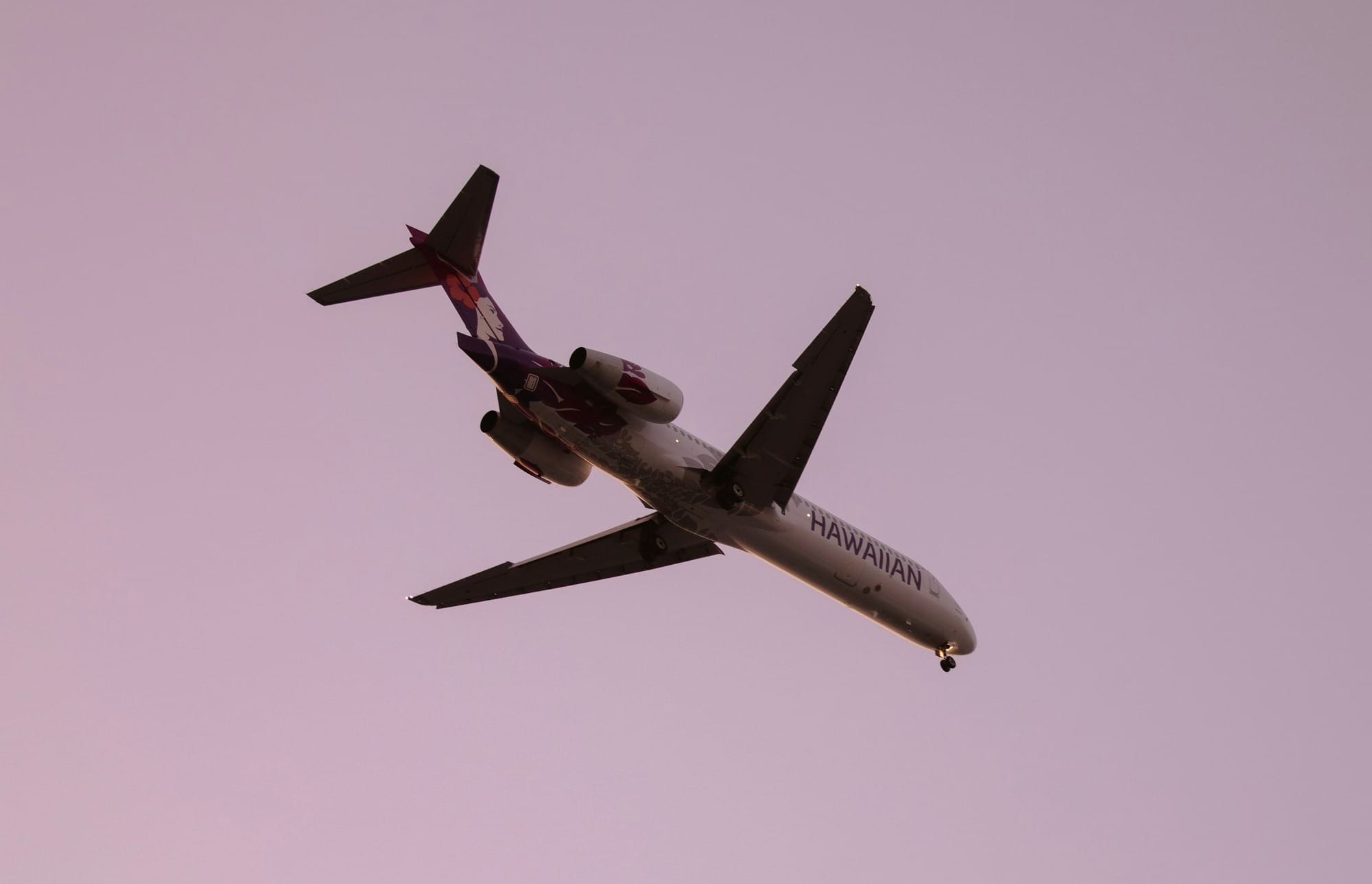Greater Toronto Airports Authority and Airlines Enter Incentive Agreements to Enhance Operations and Passenger Experience
The Greater Toronto Airports Authority (GTAA) has recently embarked on a strategic initiative to strengthen its partnership with airlines operating out of Toronto Pearson International Airport.


Greater Toronto Airports Authority and Airlines Enter Incentive Agreements to Enhance Operations and Passenger Experience
Key Takeaways:
- The Greater Toronto Airports Authority (GTAA) has introduced incentive agreements with airlines to boost operations at Toronto Pearson International Airport.
- These agreements are designed to improve the efficiency of airline operations and enhance the overall passenger experience.
- The collaboration between GTAA and airlines is expected to lead to increased flight options, better on-time performance, and more passenger-centric services.
The Greater Toronto Airports Authority (GTAA) has recently embarked on a strategic initiative to strengthen its partnership with airlines operating out of Toronto Pearson International Airport. This move involves the implementation of incentive agreements aimed at enhancing airline operations and significantly improving the passenger experience. As Canada's largest and busiest airport, Toronto Pearson serves as a critical hub for both domestic and international travel, making these agreements pivotal for the future of air transportation in the region.
The Strategic Importance of Toronto Pearson International Airport
Toronto Pearson International Airport is not just Canada's busiest airport but also an essential cog in the country's economic engine. It facilitates the movement of people and goods, connecting Toronto with over 180 destinations worldwide. The airport's strategic importance is underscored by its contribution to the economy, supporting thousands of jobs and serving as a gateway for international trade and tourism.
The incentive agreements between the GTAA and airlines are set against this backdrop of economic significance. By fostering a more collaborative environment, the GTAA aims to ensure that the airport can continue to grow and meet the demands of an increasingly globalized economy. This growth is not only measured in terms of passenger numbers but also in the quality of services provided and the efficiency of operations.
Advertising
Incentive Agreements: A Win-Win for Airlines and Passengers
The incentive agreements introduced by the GTAA are designed to be mutually beneficial. For airlines, these agreements offer financial incentives that can lower operational costs and encourage the expansion of services. In return, airlines commit to meeting specific performance targets that align with the GTAA's objectives of improving efficiency and passenger satisfaction.
Passengers stand to gain from these agreements through enhanced services, more flight options, and better on-time performance. The GTAA's focus on passenger experience is evident in the terms of the agreements, which incentivize airlines to prioritize customer service and invest in improvements that directly impact travelers.
Enhancing Airline Operations Through Collaboration
Collaboration is at the heart of these incentive agreements. By working closely with airlines, the GTAA can better understand the challenges and opportunities within the industry. This understanding allows for the creation of tailored incentives that address specific operational needs, such as reducing turnaround times for aircraft and improving baggage handling processes.
The collaborative approach also enables the GTAA to support airlines in their efforts to modernize and innovate. Whether it's through the adoption of new technologies or the implementation of more efficient operational practices, the agreements provide a framework for continuous improvement that benefits all stakeholders.
Improving On-Time Performance
On-time performance is a critical metric for both airlines and airports. Delays can have a cascading effect, disrupting schedules and leading to passenger dissatisfaction. The GTAA's incentive agreements include provisions that reward airlines for improving their punctuality, which in turn can enhance the airport's reputation as a reliable hub.
By incentivizing on-time performance, the GTAA is also addressing one of the most common pain points for passengers. Timely departures and arrivals are a key component of the travel experience, and improvements in this area are likely to result in higher levels of passenger satisfaction.

Investing in Passenger-Centric Services
The GTAA's incentive agreements go beyond operational efficiency to encompass passenger-centric services. Airlines are encouraged to invest in amenities and services that make the travel experience more enjoyable and less stressful. This could include anything from upgraded lounge facilities to faster check-in processes and more responsive customer service.
These investments are not only good for passengers but also for airlines. Enhanced services can lead to increased brand loyalty and a stronger competitive position in the market. The GTAA's role in facilitating these improvements underscores its commitment to putting passengers first.
The Role of Technology in Enhancing Airport Operations
Technology plays a pivotal role in modernizing airport operations and improving the passenger experience. The GTAA's incentive agreements recognize this by encouraging airlines to adopt innovative solutions. From biometric screening to real-time flight tracking, technology can streamline processes and provide passengers with more control over their travel experience.
The adoption of technology also has the potential to improve collaboration between the GTAA and airlines. Shared data platforms and integrated systems can lead to more efficient decision-making and a more cohesive approach to managing airport operations.

Advertising
Economic and Environmental Benefits of the Incentive Agreements
The economic benefits of the GTAA's incentive agreements are clear, with the potential to attract more airlines and passengers to Toronto Pearson International Airport. However, the agreements also have an environmental dimension. By incentivizing more efficient operations, the GTAA is contributing to the reduction of carbon emissions and promoting sustainable practices within the aviation industry.
Airlines that invest in fuel-efficient aircraft and adopt eco-friendly operational practices can benefit from the incentives, aligning their business objectives with the broader goal of environmental stewardship. This not only benefits the planet but also resonates with increasingly eco-conscious passengers.
The Future of Air Travel at Toronto Pearson International Airport
The incentive agreements between the GTAA and airlines are just the beginning of a long-term vision for the future of air travel at Toronto Pearson International Airport. As the airport continues to grow and evolve, these partnerships will be crucial in ensuring that it remains a world-class facility that meets the needs of passengers and airlines alike.
The focus on collaboration, efficiency, and passenger experience sets a precedent for other airports and demonstrates the GTAA's leadership in the industry. As these agreements are implemented and their impact is felt, Toronto Pearson is poised to become an even more attractive destination for airlines and travelers from around the world.
Advertising
Summary
The Greater Toronto Airports Authority has taken a significant step forward in enhancing airline operations and the passenger experience at Toronto Pearson International Airport through the introduction of incentive agreements. These agreements are designed to be mutually beneficial, offering financial incentives to airlines while setting performance targets that align with the GTAA's objectives. The focus on collaboration, operational efficiency, on-time performance, passenger-centric services, and the adoption of technology is expected to result in a more reliable and enjoyable travel experience. Additionally, the agreements have the potential to deliver economic and environmental benefits, contributing to sustainable growth for the airport and the aviation industry as a whole.



